
views
- Moon-touched swords are magical weapons that shed bright light up to a range of 15 feet and dim light for another 15 feet beyond that.
- As a player, use moon-touched swords to illuminate dark areas (especially if your character doesn’t have darkvision but needs to carry a weapon).
- As a DM, give a moon-touched sword to a low-level PC. Or, homebrew extra magical abilities for the sword and give it to a higher-level character.
What is a moon-touched sword in D&D 5e?

Moon-touched swords are common magic items in D&D 5e. These swords shed bright light up to a range of 15 feet and dim light for an additional 15 feet. Their light is as bright as an ordinary torch, and any type of sword can be given a moon-touched enchantment. Varieties include: Greatswords (heavy, two-handed swords dealing 2d6 slashing damage per hit) Rapiers (finesse blades dealing 1d8 piercing damage per hit) Scimitars (light finesse blades dealing 1d6 slashing damage per hit) Shortswords (light finesse blades dealing 1d6 piercing damage per hit) Longswords (versatile swords dealing 1d8 slashing damage per hit, or 1d10 when used with two hands)
How to Use a Moon-Touched Sword as a Player
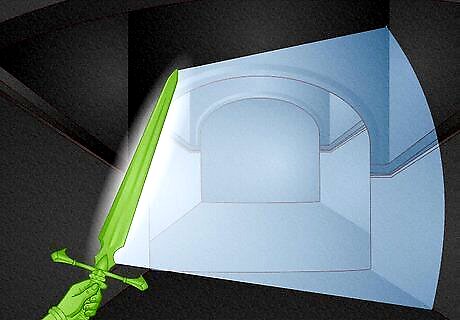
Light up dark areas with the sword if your PC doesn’t have darkvision. Moon-touched swords can serve as an easy substitution for torches. A PC carrying a torch might start battles at a disadvantage because their weapon is sheathed, while a PC with a moon-touched sword will be ready for anything. In 5e, darkvision allows certain creatures to see even when there’s no light. Some races (like elves, tieflings, drow, and dwarves) have darkvision, while others (like humans and halflings) don’t. Even if your PC has darkvision, they may still need a light source sometimes (since darkvision only lets you see in shades of grey).
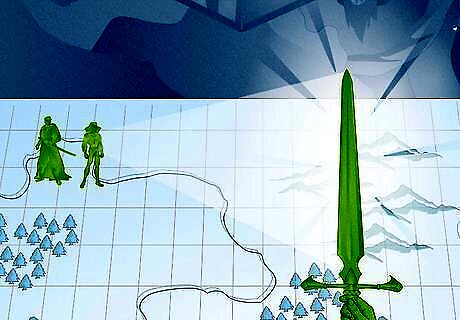
Find creative ways to use the sword outside of combat. Take advantage of the light your blade sheds in different practical ways, even when you’re not fighting or exploring dark dungeons. For example: If you’re in a flammable area (with gas, grease, or some other substance), rely on the sword for light without starting a fire. Signal other party members from far away using the sword’s light. Use the sword as a makeshift nightlight while your PC (and the party) camps. Bluff merchants into thinking the sword is super powerful so they buy it for a high price. Or, make enemies think the sword is stronger than it appears to intimidate them.
How to Use Moon-Touched Swords as a DM
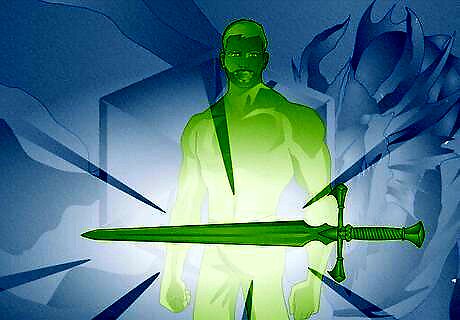
Reward low-level PCs with a magical moon-touched sword. Moon-touched swords are considered “common” magical items and don’t have significant value in combat besides shedding light. Thus, you wouldn’t have to worry about overpowering low-level player characters (PCs) by letting them find and equip a moon-touched sword. Generally, PCs at levels 1 through 5 are considered low-level. Magical weapons that are “uncommon,” “rare,” and so on often grant bonuses to attack rolls and damage. Because moon-touched swords don’t have those bonuses, they’re not considered rare or powerful weapons.
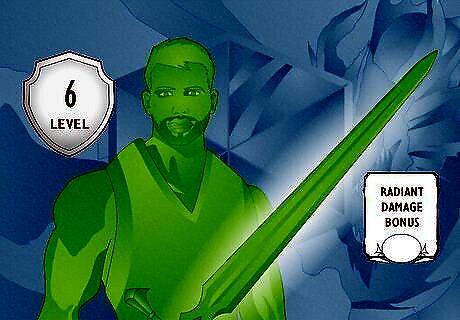
Gradually improve the sword’s stats as its wielder gets more powerful. Want to give a PC’s moon-touched sword special significance (or avoid the need to shop for better weapons at higher levels)? Add homebrew upgrades to the sword as that PC gains levels, each one representing the PC’s ability to unlock stronger magic within the sword. For example, when a PC reaches level 6, you might give the sword a radiant damage bonus. At level 12, you could give the sword the ability to cast Moonbeam or Daylight once per day. At level 15, you might make the sword’s radiance explode outward and deal damage to all enemies around the PC.
Homebrew Ideas
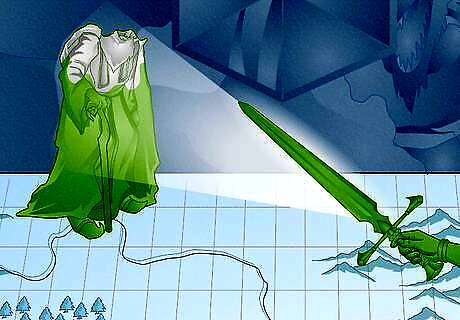
Create a powerful version of the sword that casts spells like Moonbeam. “Moonbeam” is a druid spell that creates a pillar of moonlight, causing creatures to erupt in ghostly flames and take radiant damage. Create a moon-touched sword that lets the wielder cast Moonbeam once per long rest using their spell save DC. If the sword’s wielder has multiple attacks per action, you could let them use one attack to change the moonbeam’s location. Or, you could give the sword a different moon-based spell or ability. For example, you could have it create “moon rocks” (sling bullets) that deal radiant damage to enemies. You could also give the sword the power to cast a cantrip like Sacred Flame and make it look like silvery moonlight (instead of “flame-like radiance”).

Tailor the sword’s new properties to the PC’s class and abilities. Is the PC a Circle of the Moon or Stars druid? Have the sword deal extra radiant damage (that appears as moon or starlight). Are they a lycanthrope? Have the sword grant shapeshifters temporary hit points. Or, perhaps the PC is a monster hunter with a sword that deals extra damage to lycanthropes. Is the PC an aasimar or cleric tied to a moon deity like Selûne, Eilistraee, or Sehanine? Make it a holy sword that deals radiant damage to fiends and undead. Letting the sword cast “Moonbeam” is an obvious (but useful) choice for Circle of the Moon or Stars druids. A monster hunter’s sword might even start glowing in the presence of a shapeshifter or help them control fey creatures. Consider what your PC does and how the sword’s abilities could enhance their powers over time.




















Comments
0 comment